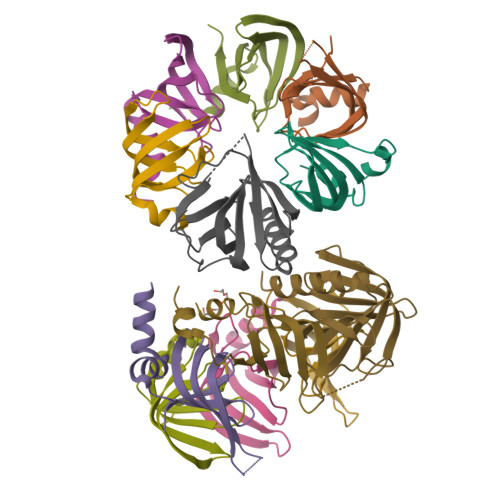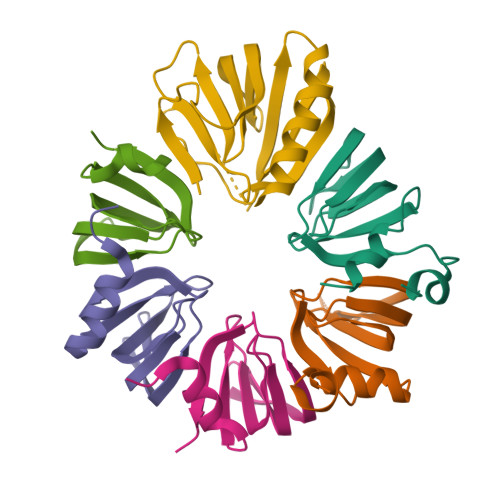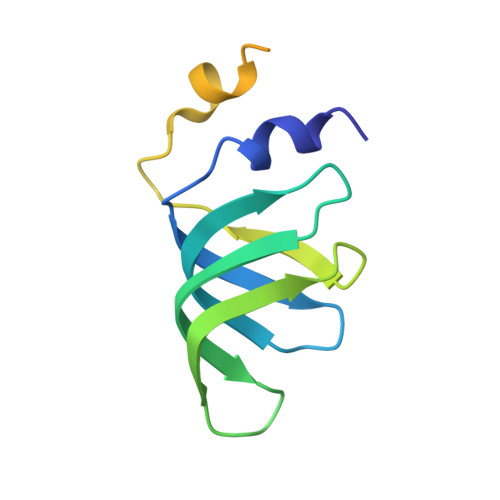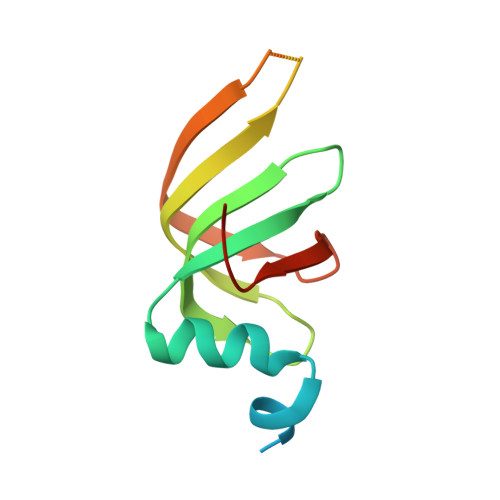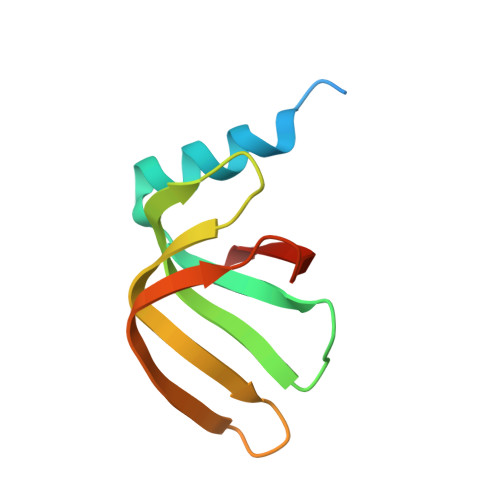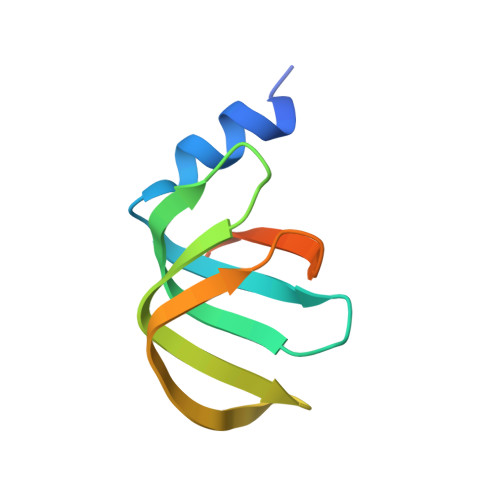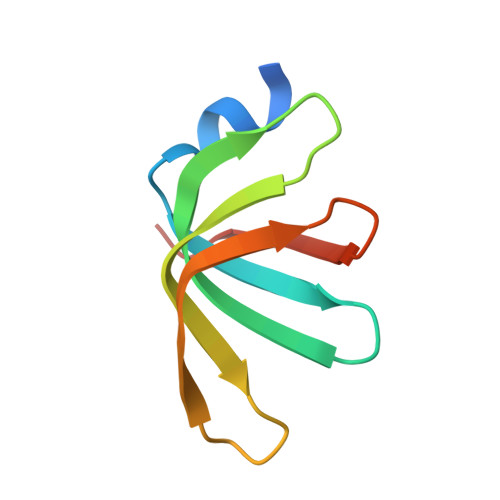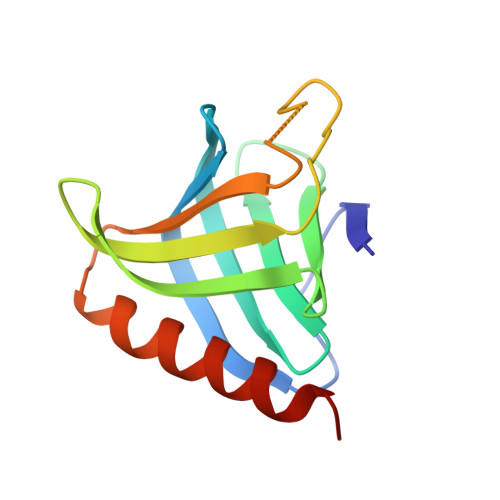Structural Basis of Assembly Chaperone- Mediated snRNP Formation.
Grimm, C., Chari, A., Pelz, J.P., Kuper, J., Kisker, C., Diederichs, K., Stark, H., Schindelin, H., Fischer, U.(2013) Mol Cell 49: 692-703
- PubMed: 23333303
- DOI: https://doi.org/10.1016/j.molcel.2012.12.009
- Primary Citation of Related Structures:
4F7U, 4V98 - PubMed Abstract:
Small nuclear ribonucleoproteins (snRNPs) represent key constituents of major and minor spliceosomes. snRNPs contain a common core, composed of seven Sm proteins bound to snRNA, which forms in a step-wise and factor-mediated reaction. The assembly chaperone pICln initially mediates the formation of an otherwise unstable pentameric Sm protein unit. This so-called 6S complex docks subsequently onto the SMN complex, which removes pICln and enables the transfer of pre-assembled Sm proteins onto snRNA. X-ray crystallography and electron microscopy was used to investigate the structural basis of snRNP assembly. The 6S complex structure identifies pICln as an Sm protein mimic, which enables the topological organization of the Sm pentamer in a closed ring. A second structure of 6S bound to the SMN complex components SMN and Gemin2 uncovers a plausible mechanism of pICln elimination and Sm protein activation for snRNA binding. Our studies reveal how assembly factors facilitate formation of RNA-protein complexes in vivo.
Organizational Affiliation:
Department of Biochemistry, Theodor Boveri Institute, University of Wuerzburg, Am Hubland, 97074 Wuerzburg, Germany. clemens.grimm@uni-wuerzburg.de








